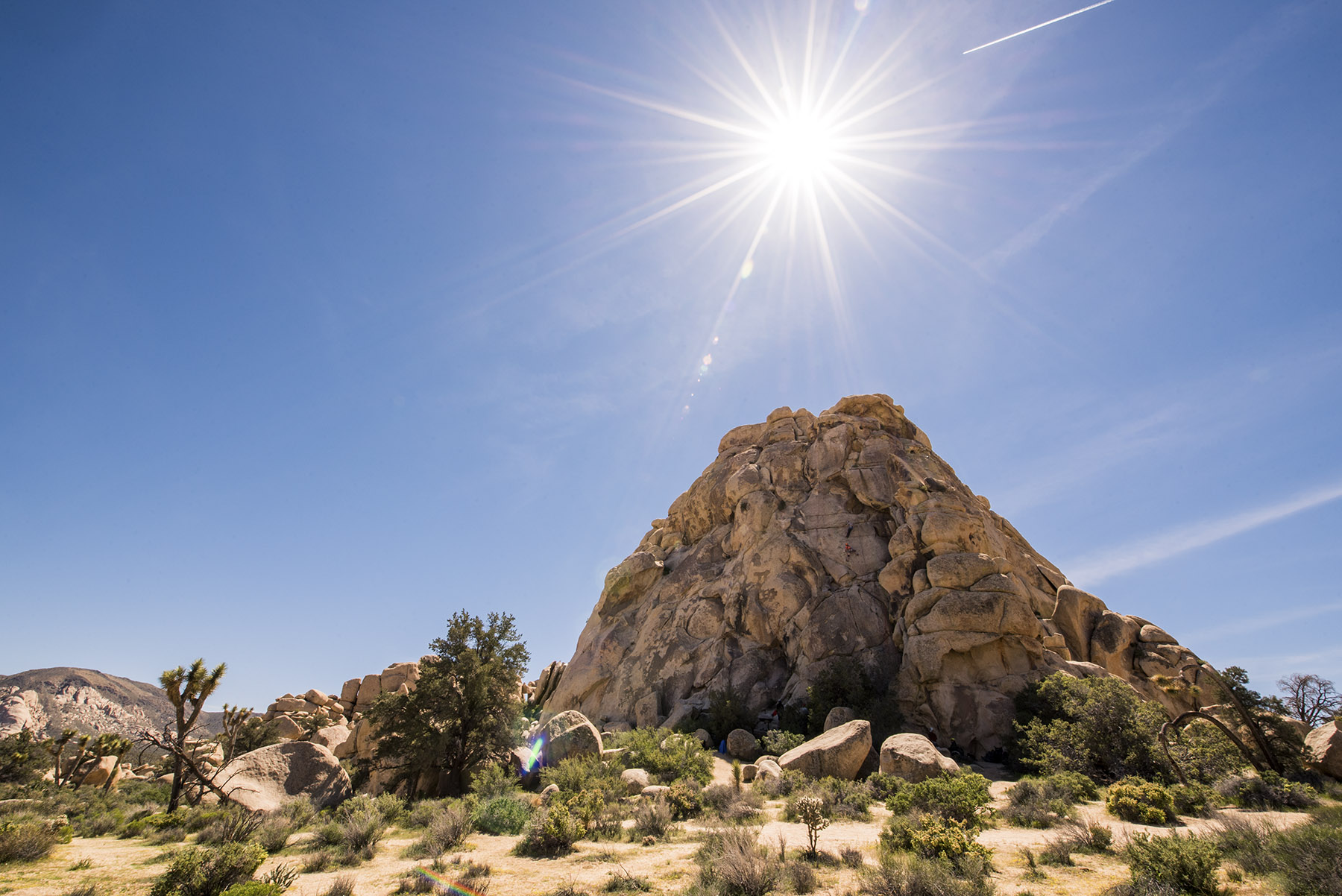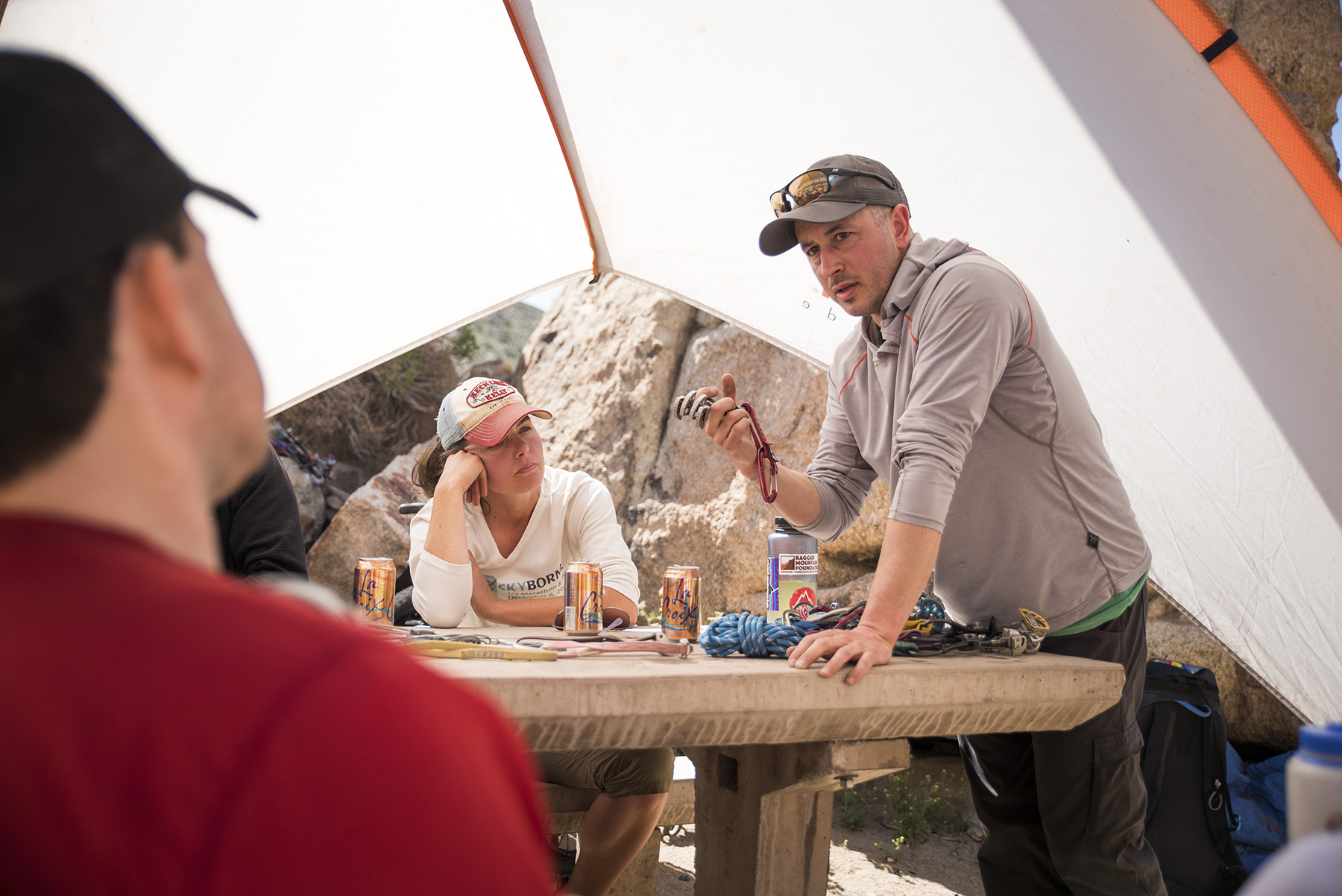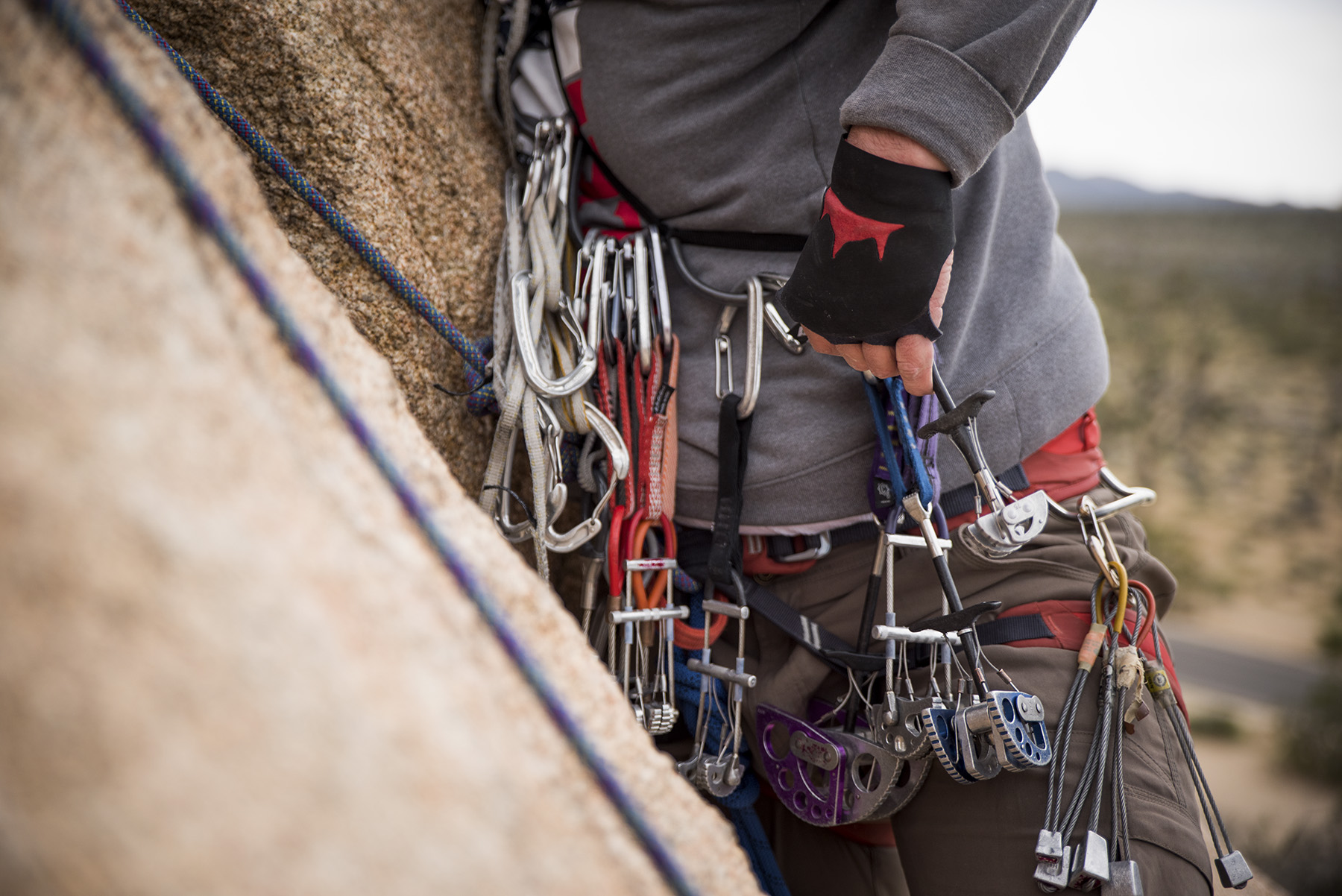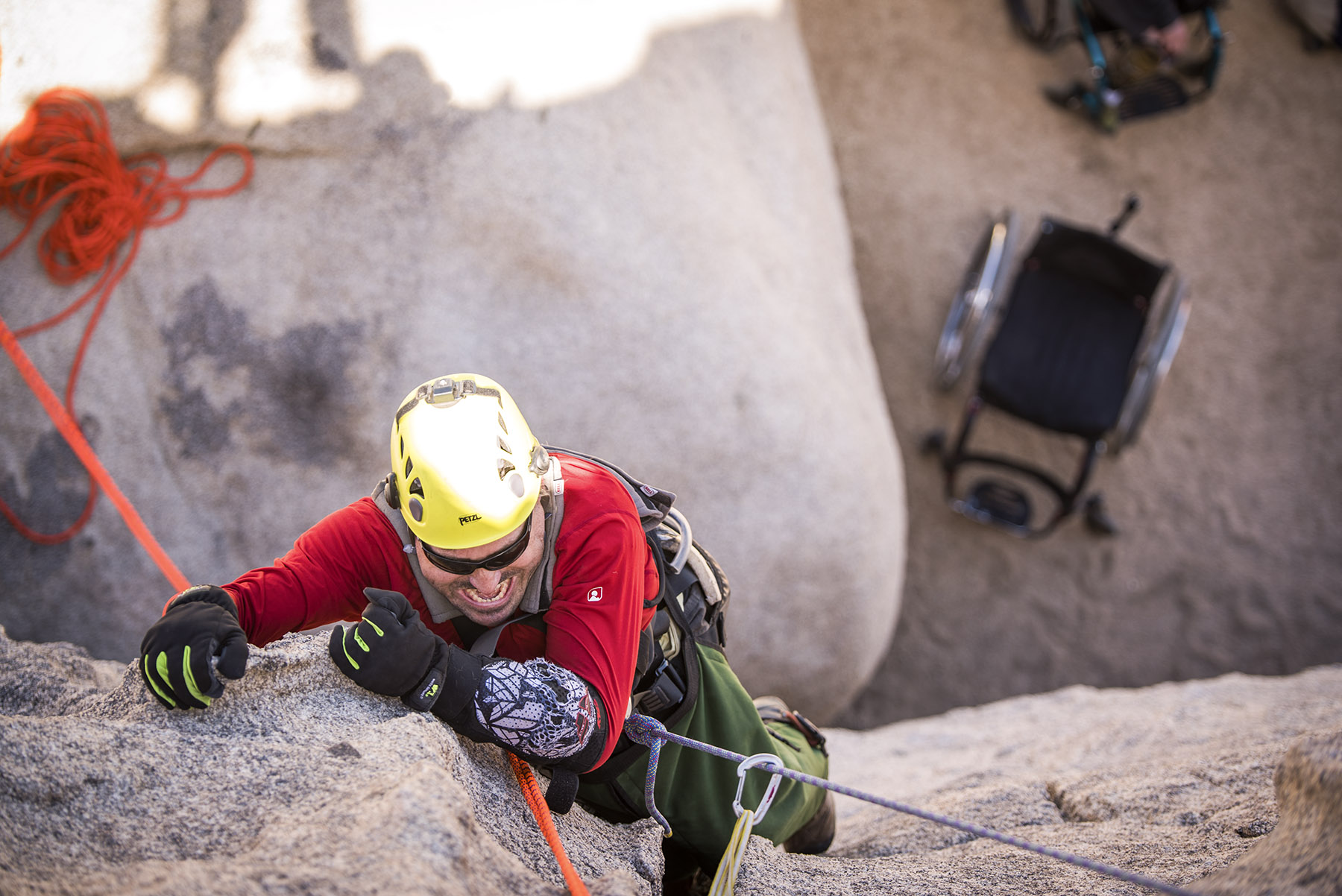Essential Items For The Crag
What to bring to the crag... other than climbing gear!
What should come with and what should stay home
When heading to the crag, most of your pack is made up of climbing gear, but there’s also a lot of other stuff that makes a day at the crag go smoothly. We’ve made a packing list for all that extra stuff to make sure your day on the rock is as easy as it can be.
Your personal ITEMS
What every person in your party should have
Harness, Shoes, Helmet
Water
Tasty snacks/ meals
A head lamp
Nail clipper
Climbing tape
Group Gadgets
Items for the whole party to use
First aid kit
Sun screen
Bug Spray
Bathroom kit
toilet paper, wag bag, small shovel, hand sanitizer, period products for those that need them.
Things to Leave at Home
Maybe give a little more thought before bringing these to the crag
Speakers
Hammocks
Bad vibes
Furry Friends
Take a look at this access fund article for best practice when thinking of climbing with your dog.
Every crag presents different circumstances so make sure you read up before you climb!
See ya out there!
Blake Cheney, Ascent Climbing Instructor
Connecticut Top Rope Anchor Shopping List
Essential equipment before you head out to the local traprock crags in Connecticut.
The Top Rope Anchor Course is one of the most popular courses I teach. We cover lot of information in those first couple days out and I’m often asked “what kind of climbing anchor equipment should I buy now?”
Following is a list of equipment you’ll need for top rope climbing in Connecticut complete with tips on what to buy and gear you should stay away from. The focus here is on rigging anchors from natural protection i.e. trees, boulders and horns.
Connecticut top rope anchor setup often requires long static ropes and creative anchoring to reach the cliffs edge.
WAIT UNTIL YOU KNOW FOR SURE
If you’re thinking about purchasing your own top rope rig wait until after you take a course. Practicing with the guides equipment will allow you to make more informed decisions on what to buy. Keep in mind that retailers often (or probably should) have policies against returning safety equipment.
KNOW THE ENTIRE HISTORY OF YOUR GEAR
When it comes to safety equipment it’s best to stay away from used gear, especially products made of nylon (i.e. ropes, harnesses, etc). Carabiners can last indefinitely but harnesses and ropes have a life span of only a few years for most users. Retire your equipment in accordance with manufacturer specifications and store in a cool, dry and chemical-free environment – contamination is to be avoided at all costs.
PURCHASE EQUIPMENT MANUFACTURED SPECIFICALLY FOR CLIMBING
It seems obvious but avoid re-purposing ropes, harnesses and safety equipment from other activities, hardware stores and marine supply shops. Despite the labels strength ratings you may find the wear properties, intended uses and ability to hold knots are not appropriate for climbing.
Look for a CE and/or UIAA marks to ensure the equipment has been tested and meets minimum requirements for use in climbing.
Products that carry the CE mark meet minimum EU requirements.
Products with the UIAA mark meet the testing standards of the International Mountaineering and Climbing Federation
Here’s your top rope anchor shopping list
Helmet (one for each member of your party)
Static Rope
Dynamic Climbing Rope (60m or 70m)
(6) Locking Carabiners (HMS, Pear Shape)
(1-2) Cordelette (7mm, ~20')
(2) Sewn Slings (120cm, 240cm)
Brake Assist Belay Device (GriGri, Cinch, etc)
CLIMBING HELMET
If you climb outdoors (especially around here) you must wear a helmet for protection from falling objects i.e. loose rock at Ragged Mountain and airborne glass bottles at Pinnacle Rock.
Recommendation: Buy a lightweight helmet you like, cover it in stickers and don’t skimp on the price. You’re far more likely to carry and wear a helmet you like it vs. one of those heavy miners helmets we used to wear.
STATIC ROPE
You’ll want a long low-elongation rope to reach those far away trees and blocks common at Connecticut crags. Stay away from spooled webbing – the durability of a static rope vs. tubular webbing will dramatically increase the security of your anchors.
Recommendation: Nearly all major climbing rope manufacturers are making good static ropes. Your static rope should be 10mm or greater in diameter and about 40 to 50 meters long. Buy dark solid colors not easily confused with your dynamic climbing ropes.
I like to use the Sterling 3/8″ SuperStatic2 in our climbing school.
DYNAMIC CLIMBING ROPE
Which dynamic rope you choose has much to do with the terrain and type of climbing you like to do. For top-rope climbing in Connecticut, you’ll want something a little thicker for durability and at least 60 meters in length to reach the tallest climbs at Ragged Mountain.
Recommendation: Look for a dynamic rope between 10-10.2mm in diameter x 60 meters in length. Dry treated ropes will cost a little more but tend to be stronger and last longer than non-treated lines.
I like the Sterling Velocity 9.8 and the Mammut Crag Classic for their handling and durability.
SIX (6) LOCKING CARABINERS
You’ll want to have several locking carabiners available in addition to the ones you used to belay. Most anchors will use at least three and you’ll find the extras useful for rigging ground anchors, rappel backups, and myriad other uses.
Recommendation: Avoid small D and modified D-shaped locking carabiners. You’ll often need to clip bulky knots and master-points that require a larger gate opening. Pear and large D-shaped carabiners work well in top rope anchors.
I like to use the Petzl Attache and William carabiners.
CORDeLLETE
A necessity for tying off trees, flakes, blocks or for equalizing multiple pieces of protection into a single anchor point. So useful you might want two!
Recommendation: Purchase 7 meters (~23ft) of 7mm accessory cord. Form a loop by tying the ends together with a figure 8 bend (preferred) or a double fisherman’s knot.
SEWN NYLON SLINGS
Slings come in a variety of lengths, strengths, and materials. For top-rope anchors, you may want to have a couple of longer runners available. For top-rope anchors use thicker nylon or Dyneema blend slings for their durability and strength – you probably want to avoid the super-thin, lightweight Dyneema slings meant for lead and alpine climbing.
Recommendation: Carry (1) 120cm (double-length) sewn sling and (1) 240cm (quad-length).
I like to use the Black Diamond Dynex and nylon (22kn) and the Bluewater Titan (27kn) runners.
BRAKE-ASSIST BELAY DEVICE
Increase your security while working near the edge with a brake assist belay device attached to your anchored working tail. Go hands-free with a bomber catastrophe knot within arms reach of the device. The brake assist devices are pricey but can also come in handy for self-rescue, belaying from the top and belaying your partner while they hang-dog their project.
I like to use the Petzl GriGri for securing myself at the cliff edge.
Recommended Reading
Rock Climbing Anchors by: Craig Luebben
Self-study is an important part of your continuing education in climbing. There’s a lot of questionable information out there. Be sure to learn from reputable sources.
Nothing can replace professional instruction but his book is one of the better printed sources of trusted and tested anchoring techniques.
Joshua Tree Skills Camp with Paradox Sports [Slideshow]
Photos by Will Strathmann
http://www.willstrathmann.com
Trad Climbing in Joshua Tree National Park
Every climber should learn trad IMHO.
There's certainly nothing wrong with clipping bolts or bouldering but the ability to place gear opens up so much incredible terrain. You can basically go anywhere.
This spring I joined a small group of instructors from Paradox Sports to lead a 5-day Trad Camp at Joshua Tree National Park about 2 hours drive from Los Angeles in Southern California.
Joshua Tree is a nearly 800,000 acre park where the Mojave and Colorado deserts converge. The park is famous for its wilderness landscapes, high desert (often nocturnal) creatures and the Dr. Seussian yucca palm trees from which the park derives its name.
A treasure for climbers, Joshua Tree is covered in coarse, rounded piles of monzo-granite boulders and formations with 1,000's of named climbing routes.
Paradox Rocks: Joshua Tree Skills Camp
Paradox Sports is a non-profit that runs rock and ice climbing programs for individuals with disabilities at places like Yosemite, the Ouray Ice Park and the Gunks.
For 5 days we practiced camping skills, anchor building, lead skills, belaying, gear placement, knots, rappelling, rope ascension and a host of other indispensable skills and tricks of the climbing trade.
Each of the participants were experienced climbers who came to learn and increase their independence climbing outside.
Sean is a blind competitive climber from Chicago with the goal of leading outside without assistance. Bonnie is a double leg amputee with competition experience and is one of only a couple AMGA certified Climbing Wall Instructors with a disability.
Adam is a world cup competitor who's climbed rock and ice all over the US and in France. Enock was born with spina bifida and although he doesn't walk - he's climbed El Capitan in Yosemite.
Paradox raised the bar once again by offering the first multi-day climbing, camping and skills course for adaptive climbers. Paradox disregards common assumptions about what folks are capable of (or incapable of) due to their disability.
Help by supporting Paradox Sports or invite a friend or family member to attend a Paradox rock or ice climbing trip.
Photos and video by Will Strathman http://www.willstrathmann.com







![Joshua Tree Skills Camp with Paradox Sports [Slideshow]](https://images.squarespace-cdn.com/content/v1/56dc7a6820c647a2ce55e533/1498791086045-2P028L7KJ2E5Q7QF9KQ6/Paradox+Sports+Joshua+Tree+Day+4-033.jpg)




































